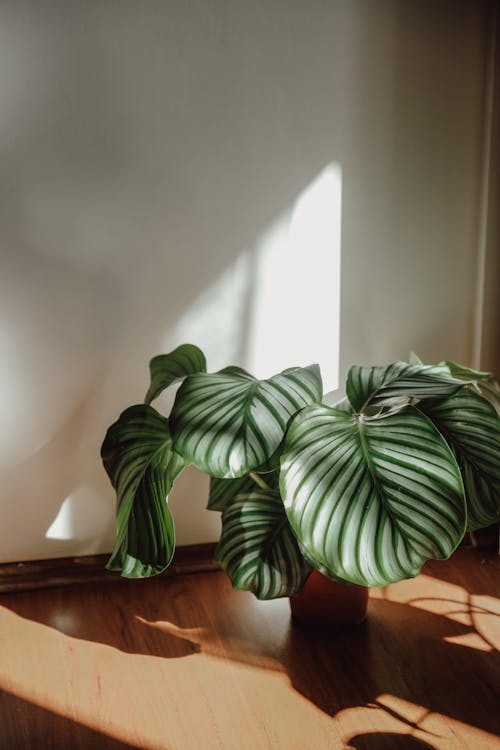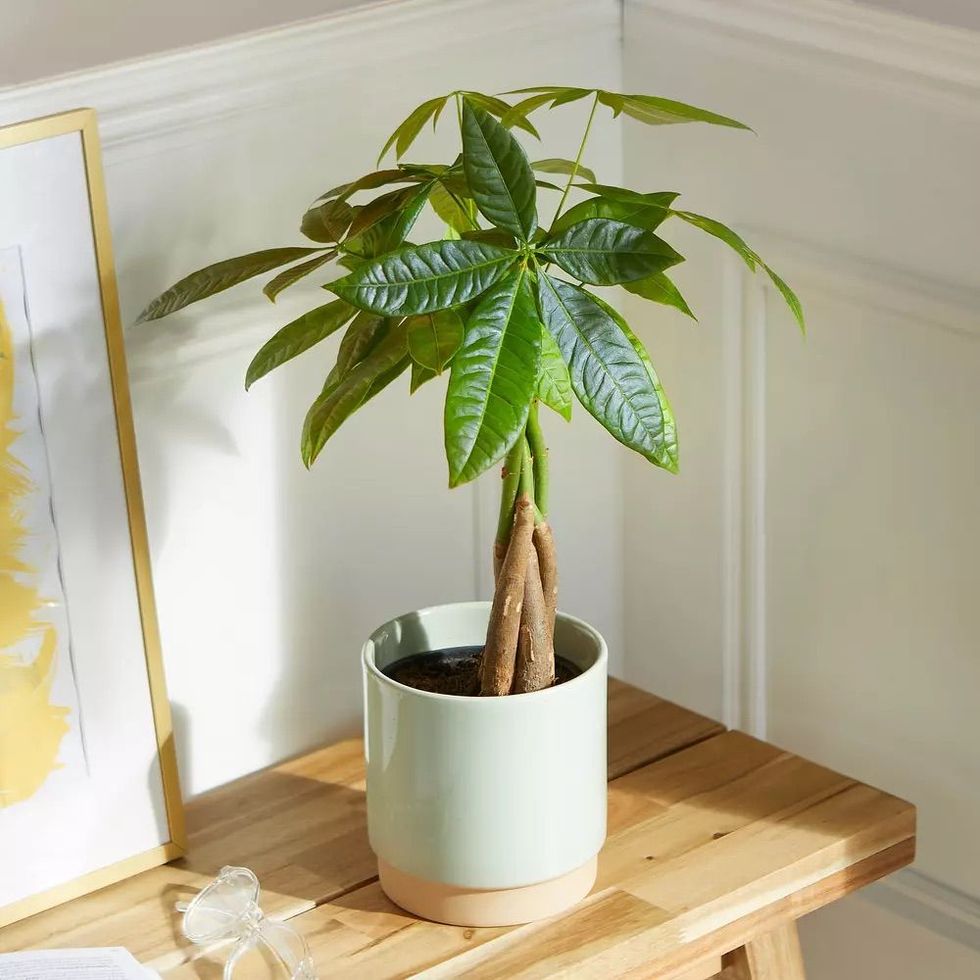For beginners:

Epiprenum aureum
commonly called golden pothos or devil's ivy, is native to the
Solomon Islands. It is a climbing vine that produces abundant
yellow-marbled foliage.
Sun: Part shade
Water:Medium
Check more about it!

Tradescantia
It is a very popular trailing plant that will grow in almost all
conditions. It is commonly grown in hanging baskets or pots as a
houseplant. Trailing stems cascade down from a hanging basket.
Stems are clad with fleshy, pointed, stem-clasping, oval leaves
Sun: Full sun to part shade
Water:Medium
Check more about it!

Sansevieria
Sansevieria trifasciata, commonly called snake plant or
mother-in-law’s tongue, is native to tropical western Africa. It
is a stemless evergreen perennial that, with proper care, will
last for many years. In its native habitat, plant foliage may
rise to as much as 4’ tall.
Sun: Part shade
Water:Medium
Check more about it!

Scindapsus pictus
commonly known as satin pothos or silk pothos, is a slow-growing
tropical evergreen climber in the Arum family. It is native to
Southeast Asia. In its native habitat, it climbs tree trunks by
aerial rootlets or if unsupported tumbles along the ground.
Sun: Part shade
Water:Water: Medium
Check more about it!
Pet friendly:

Calathea orbifolia
Calathea orbifolia is a beautiful houseplant highly sought after
due to the exquisite beauty of its large, round leaves and its
air-purifying qualities. This beautiful foliage is subtly
striped with pale silver-green markings, with the undersides of
the leaf also being a pale silver-green.
Sun: Indirect light
Water:Water: Medium
Check more about it!

Asplenium
Asplenium nidus, commonly called bird’s nest fern, is a
slow-growing, epiphytic fern. Species plants are native to
tropical areas from Polynesia and Hawaii west to Southeast Asia,
Australia, and Madagascar. They are often found growing on
tropical rainforest trees as epiphytes which collect water and
organic matter in their bowl-shaped rosettes.
Sun: Part shade to full shade
Water:Water: Medium
Check more about it!

Ceropegia woodii
The String of Hearts is a trailing succulent-like plant native
to South Africa. The delicate heart-shaped foliage and slender
vines can reach up to 12' long in its natural environment, and
has earned this plant many nicknames, including Rosary Vine and
Sweetheart Vine.
Sun: bright indirect light
Water:Water: Medium
Check more about it!

Pachira aquatica
Pachira aquatica or Guiana Chestnut, in their natural habitat
the trees can grow up to 20 meters (65ft) tall.It has shiny
green palmate leaves with lanceolate leaflets and smooth green
bark. This species forms a slightly thickened root with smaller
roots or roots, which also serves as a water reservoir.
Sun: Full sun to part shade
Water:Water: Medium to wet
Check more about it!
Benefits of plants in your home
Incorporating plants into your living spaces offers more than just
aesthetic appeal; they bring a plethora of health and wellness
benefits as well. Here are some compelling reasons to embrace indoor
greenery:

- Improved Air Quality: Plants act as natural air purifiers by absorbing carbon dioxide and releasing oxygen through photosynthesis. Some plants, like the peace lily and spider plant, are particularly effective at removing common indoor pollutants like benzene and formaldehyde.
- Stress Reduction: Studies have shown that the presence of plants can reduce stress levels and promote feelings of well-being. The act of nurturing and caring for plants can also be therapeutic and calming.
- Enhanced Mood and Productivity:Indoor plants can boost your mood and increase productivity. They create a more relaxed and pleasant environment, making you feel more comfortable and content in your home.
- Humidity Regulation: Plants naturally release moisture through a process called transpiration. This can help to increase humidity levels in your home, making the air more comfortable, especially during dry winter months.
- Natural Decor: Plants add a touch of nature and freshness to your home decor, making spaces feel more vibrant, welcoming, and aesthetically pleasing.


